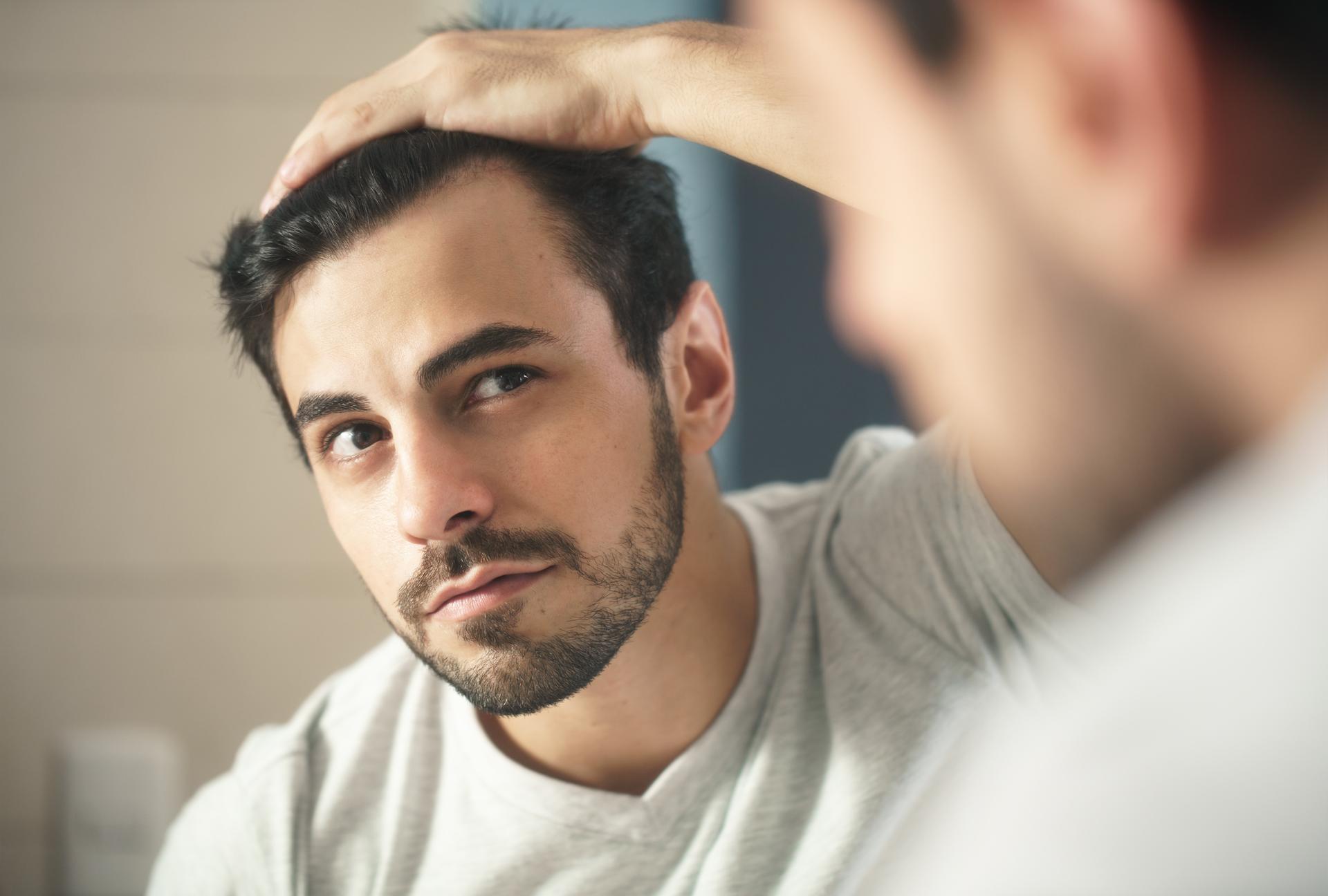Spring can be a delightful season, but for some people, it can bring some unwelcome surprise: hair loss. Hair loss in spring is a common problem that affects many individuals, and various factors can cause it. This blog will explore everything you need to know about spring hair loss, including its causes, prevention, and treatment options.
Things You Must Know About Spring Hair Loss
Spring hair loss, also known as seasonal hair shedding, is a natural occurrence in both men and women. During this time, hair follicles enter a resting phase, causing hair to fall out faster than usual. It is typically more noticeable in the spring due to the longer days and increased exposure to sunlight. While this shedding is normal, excessive hair loss may indicate an underlying issue and should be evaluated by a healthcare professional. Maintaining a healthy diet and lifestyle can also help promote healthy hair growth.
How to Know If You Are Suffering from Spring Hair Loss or Alopecia?
Spring hair loss is common, typically experienced by many people during the transition from winter to spring. It is usually temporary and not a cause for concern. However, experiencing excessive hair loss or thinning may be a sign of alopecia, a more severe hair loss condition.
Here are some ways to distinguish between spring hair loss and alopecia:
- Examine the Amount of Hair Loss: If you are experiencing a little extra hair falling out than usual, it is probably spring hair loss. However, it may be a sign of alopecia if you notice excessive hair loss, hair thinning, or bald patches.
- Check the Location of the Hair Loss: If it only happens in some regions of the scalp, it may be a sign of alopecia. On the other hand, spring hair loss usually affects the entire scalp.
- Consider Your Family History: If your family has a history of hair loss, you may be more prone to alopecia.
- Look For Other Symptoms: If you are experiencing itching, burning, or pain along with hair loss, it may be a sign of alopecia.
How Much Hair Shedding Is Normal?
Hair shedding is a normal part of your hair growth cycle, and it is common for people to shed between 50 and 100 hairs per day. Age, hormonal changes, stress, and certain medications can affect hair shedding. However, if hair shedding is excessive, it could indicate an underlying health condition, such as alopecia or thyroid issues. Anxiety and severe health conditions may also increase hair shedding, which is normal in such situations.
See Also: Hair Care Tips You Need to Know before It’s Too Late
Can Hair Loss Be Seasonal?
Hair loss can be seasonal, and it is usually associated with changes in the environment. During the fall and winter seasons, hair loss is more common due to the decrease in sunlight exposure, which can lead to lower levels of vitamin D. Changes in temperature and humidity levels can also impact hair health. However, seasonal hair loss is usually temporary and should not cause any concern unless it persists beyond a few months.
Reasons for Hair Loss in Spring Season
Hair loss has various reasons, and while seasonal changes can contribute to it, they are not always the sole cause. Here are some possible reasons for hair loss in the spring season:
- Telogen Effluvium: This is a common condition when the hair follicles go into a resting phase, causing hair to fall out. This can be triggered by stress, illness, or hormone changes, which can all be more common in the spring.
- Seasonal Shedding: It’s normal to experience some level of shedding as the seasons change, especially in the spring and fall. This is due to the natural cycle of hair growth and can be influenced by changes in temperature and humidity.
- Allergies: Springtime allergies can cause inflammation and itching on your scalp, leading to hair loss problems. This is because the immune system overreacts to allergens, causing hair follicles to become inflamed and weakened.
- Nutritional Deficiencies: Poor diet or vitamin deficiencies can contribute to hair loss, which may be more common in the spring when fresh produce is less available.
- Increased Sun Exposure: Spending more time outside in the spring can expose hair to more UV rays, which can cause damage to hair follicles and lead to hair loss.
See Also: 5 Key Benefits of Hair Restoration Therapy
Treatment for Spring Hair Loss
Here are some treatments that can help reduce spring hair loss:
- Maintain a Healthy Diet: A balanced diet that includes proteins, vitamins, and minerals can help promote hair growth and reduce hair loss. Foods like eggs, spinach, nuts, and berries are rich in nutrients that can help strengthen hair.
- Practice Good Hair Hygiene: Use a gentle shampoo and conditioner to avoid damaging hair while washing it. Avoid using hot water and high-heat styling tools that can cause further damage to the hair.
- Manage Stress: Stress can be a significant factor in hair loss, so it is essential to manage stress levels through activities like meditation, yoga, or exercise.
- Massage Your Scalp: Massaging your scalp can stimulate hair follicles, increasing blood flow to the scalp and promoting hair growth.
- Try Hair Growth Supplements: Supplements like biotin, vitamin D, and iron can help promote hair growth and reduce hair loss. However, it is essential to consult a doctor before taking any supplements.
Looking For Hair Loss Treatment near You? Contact New Jersey Hair Restoration Center Today!
Don’t let spring hair loss bring you down! Restore your hair’s natural beauty with the best hair loss treatment in Freehold, NJ, at New Jersey Hair Restoration Center. Our team of experts offers personalized solutions to address your unique needs along with using the latest technology and techniques. Say goodbye to thinning hair and hello to your confident, youthful look! Schedule a consultation today and take the first step towards healthier, fuller hair.


